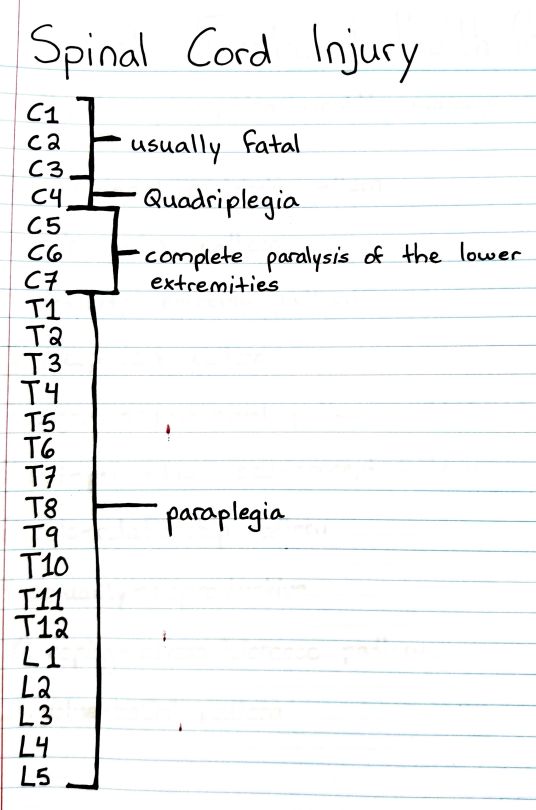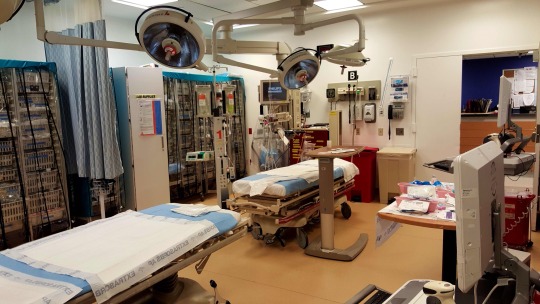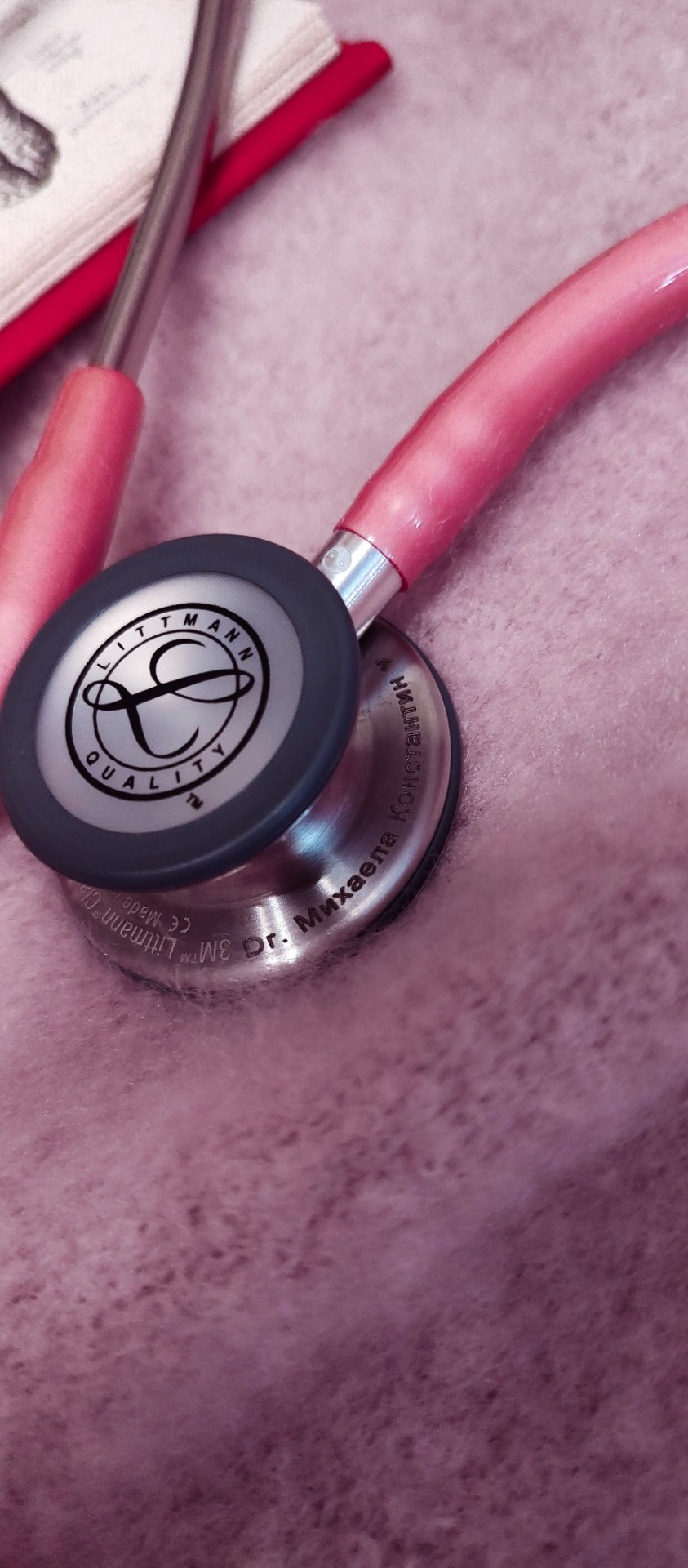#emergency medicine
Text
Working in the emergency department is just:
- Seeing 5 people with colds who shouldn’t be here
- Someone with diabetes who just chugged a Big Gulp Soda
- Mystery Abdominal Pain
- An old person who fell and somehow broke every bone in their body
- Seeing the happiest healthiest baby ever with parents who look like they haven’t slept in 3 days because the baby sneezed (I don’t mind these patients - cute baby, knowing the cute baby is cared for, and easing people’s worry? Great time)
- Someone who got in a car accident 2 days ago and just now decided to get checked out and is about to learn about whiplash
- Someone who didn’t try any OTC medication for their symptoms before coming and is about to get the most expensive Acetaminophen & Ibuprofen of their lives
- An interaction that changes your life; that leaves you with a deep sadness but also hope and a certainty that despite everything, in their hearts people are good and want to love one another
- A 3ppd smoker with diagnosed COPD who decided today is the day to figure out that cough they’ve had for 5 years
- Homeless people who just want to get out of the elements and have a snack you want to help but can’t
- Someone who will scream at you for not prescribing antibiotics for a viral infection
- Someone with 13 heart stents who vehemently denies any heart problems because “they fixed it!”
- Someone who just invented a new way to take medication wrong
#truly every day is a roller coaster#today someone came in with the chief complaint that they felt lousy and fully had a necrotic toe#medicine#medblr#emergency medicine
137 notes
·
View notes
Text
“Where is my child?”
About his favorite ultrasound machine in the ER.
108 notes
·
View notes
Text
Mother, 39, collapsed under her coat and died after seven-hour wait at crowded A&E - LBC
This should not be happening.
We used to have a functional NHS - maybe there were issues but in emergencies it functioned.
The Tories have destroyed that.
57 notes
·
View notes
Text
Quote of the day:
"Consultants still ask for help when we don't know. We just don't call it that, we call it 'making a referral'"
47 notes
·
View notes
Text
I’ve seen a lot of Instagram reels as well as other posts (Twitter, tumblr, etc.) where people complain that a doctor got a pregnancy test on them even though they told the physician there is no way they could be pregnant.
Let me tell you why this happens- it’s not because we don’t trust you but it’s because we need to verify.
I recently took care of a teenager who told me she had never had sex and last period was 2 weeks ago. She came in with abdominal pain. It turns out she was in active labor with a full term baby. This was a sign out, by the way, so imagine my surprise when I check on her, do my own exam, and find a huge effing baby on bedside U/S with her 9 cm dilated.
It’s not that we think that you are lying. It’s just that some people do unfortunately lie (or stretch the truth) and the last thing we need to do is miss a pregnancy when it’s clinically relevant.
As Dr. House always said:

68 notes
·
View notes
Text
Our apartment was broken into today while we were at work and one of our cats was injured.
We had enough cash from tips to take him to the emergency vet, but we may need help paying for diagnostic and treatment. We're not sure yet what everything will be as we're still at the vet but please consider donating towards vet costs or sharing as rent will pretty much wipe us out completely. Feel free to dm for information or proof


#cat#personal#me#life update#emergency medicine#emergency#pet emergency#vet care#my cat#catlover#catblr#frank
302 notes
·
View notes
Photo

#studyblr#notes#medblr#medical notes#med notes#emergency medicine#emergency medicine notes#ems#ems notes#emt#emt notes#emergency medical technician#emergency medical technician notes#spinal cord#spinal cord injuries#spine injuries#paraplegia#quadriplegia#paralysis#paralysis notes#paralysis levels#levels of paralysis
326 notes
·
View notes
Note
I was looking through your page after finding a post of yours on my explore page. I saw that you suffer from chronic pain and are working as an EMT. That's really cool! But I'm curious, how does that work for you? I imagine an EMT has to move a fair bit.
(I want to clarify that I am in no way saying you can't do it, I am just curious how it works for you. I think it's awesome that you are able to do something like that. I am disabled myself, physically and mentally, so hearing about someone with chronic pain doing a job like that gives me hope for myself)
It's hard, but I do it!
I wear heavy-duty joint braces on my knees and ankles to help with the pain, but I also know what's safe for me to do and what's not. We do move around a lot on scene, but in between calls, I spend my time recovering and preparing for the next one. Of course there's times where we have 5 back to back calls and I don't have that privilege to relax for a few moments, but that just means that u can do it at home later.
I'm a small guy and most of my coworkers are larger than me, so I can leave most of the heavy lifting to them to keep myself safe. I of course help with transferring patients to and from the stretcher, unloading and loading the stretcher into the ambulance, carrying bags and monitors, all of that, but there are also times where all I can do is carry one bag and hold a patients hand depending on the situation.
My hips, knees, shoulders, and ankles like to dislocate on scene, which is an inconvenience, but I just put them back in place and continue with whatever I was doing.
I almost quit a few months ago. My pain has gotten worse and I'm scared of hurting a patient by dropping them, but I'm counteracting that fear by lifting weights and making sure I'm strong enough to reduce the chance of that by a lot.
It's a lot of knowing my limits and taking care of myself. Myself and my crew come before the patient, as awful as that sounds, but that's how it is. I can't take care of my patient if I can't take care of myself.
#emergency medicine#chronic illness#chronicpain#chronic disability#other chronic illness bs#chronic disease#chronically ill#disabled#disablity#fibromyalgia#undiagnosed chronic illness#chronic disorder#chronic pain#joint pain#physical disability#invisible disability#disability#physically disabled#invisible illness#cpunk#cripple life#cripple problems#crip punk#cripple punk
15 notes
·
View notes
Text

Trauma surgery
“Picture of one of the trauma bays Kings County Hospital Center in Brooklyn, NY.” - via Wikimedia Commons
#wikipedia#wikipedia pictures#medicine#medcore#medicalcore#medicore#medical#wikimedia commons#medical procedure#medical aesthetic#trauma surgery#trauma bay#hospital#hospitals#hospitalcore#hospital aesthetic#emergency department#emergency medicine#emergency medical services#brooklyn#brooklyn ny#nyc#kings county hospital center#medical center#medical facility#surgery#nursecore
11 notes
·
View notes
Text
Was at a friend’s birthday party yesterday and got the inevitable, “Oh you’re an ER doctor? What’s the worst thing you’ve seen?”
and as per usual I immediately think of the day when we had 6 GSWs, 3 of whom were dead on arrival, 2 of whom got thoracotomies and none of whom survived, all of whom were younger than I am.
But that’s not really a fun fact so I said something about the recent case of nec fasc diagnosed from the waiting room (which is like...definitely also not the kind of story he was looking for, and more just representative of how awful EM is right now, but was the best I could do)
106 notes
·
View notes
Text

So working in emergency medicine is going well…
63 notes
·
View notes
Text
“And now’s the time for my least favorite game: ‘Where The Fuck Is The Blood Coming From’?”
#medicine#med school#medblr#nursing#tw blood#blood#hemorrhage#anemia#surgery#emergency medicine#pinned
77 notes
·
View notes
Text


This is what happiness looks like🩷
#littmann#littmann stethoscope#littmann classic 3m#pink littmann#stethoscope#medicine#medicine student#uni student#student life#happiness#medical student#medical school#med school#love#pink#pastel#vibes#cardiology#emergency medicine#mine#personal stuff
39 notes
·
View notes
Text
When your patient insists on walking from the waiting room and then you diagnose them with a broken vertebra

#this is why you do a full examination people#and examine all the way down the spine when someone has fallen#even if they say their back is a bit achey and their main issue is the huge knee haemarthrosis#luckily it was stable and ortho said she could mobilise and go home#medicine#medblr#emergency medicine#help im a doctor
18 notes
·
View notes
Text
Batman would have a LUCAS device built into his suit send tweet
I’ve been reading a lot about emergency medicine lately and it got me thinking about how difficult it would be to do good CPR through chest armor.
So, what is a LUCAS device? A LUCAS device is a machine that provides mechanical CPR. You strap the patient in, set the depth on the plunger that sits above their sternum, and let it go pumpy pumpy. It’s better than manual if the CPR provider gets tired, CPR is needed for a long period of time, and for a few other reasons.
Here’s what it looks like:

Now, these things are bulky mofos, and absolutely would not fit in their current incarnation. However, because it’s comics and because Bruce has cutting edge tech years light years ahead of the market, we can reasonably say it’d shrink and fit in the batsuit. Heart stops, no shockable rhythm detected? Bam, LUCAS starts up automatically.
I’m not sure if the other suits would have them- for example, the Nightwing suit is slim enough that it doesn’t cause as many problems for CPR, and it’s built to be as light possible, so no room for extra tech. The Red Hood suit might tho
(Also, imagine LUCAS malfunctioning mid-fight. A machine breaking someone’s sternum and then punching down on it over and over and over mid-fight. No bueno! Or much bueno I guess, we love our angst)
30 notes
·
View notes
Text
Free tactical medicine learning resources
If you want to learn first aid, emergency care or tactical medical care for real, you will need to practice these skills. A lot. Regularly. There’s no way to learn them just from books. But if you’re looking to supplement your training, can’t access hands on training, are a layperson doing research for your writing or otherwise just curious, here are some free resources (some may need a free account to access them).
TCCC
The current gold standard in the field is Tactical Combat Casualty Care (TCCC), developed by the US army but used by militaries around the world. There is also a civilian version of the system called Tactical Emergency Casualty Care (TECC). Training materials, Standards of Care, instructional videos, etc. can be accessed at deployedmedicine.com. You’ll need a free account. This should be your first and possibly only stop.
There’s also an app and a podcast if those are more your thing, although I haven’t personally tried them.
More TCCC (video) resources
STOP THE BLEED® Interactive Course
TCCC-MP Guidelines and Curriculum presentations and training videos
EURMED’s Medical Beginner's Resource List has suggested list of video materials (disclaimer: I haven’t watched the playlists, but I have been trained by nearly all of the linked systems/organisations and can vouch for them)
Tactical Medical Solutions training resource page (requires registration; some of the courses are free)
North American Rescue video downloads
Emergency medicine
WHO-ICRC Basic Emergency Care: approach to the acutely ill and injured — an open-access course workbook for basic emergency care with limited resources
Global Health Emergency Medicine — open-access, evidence-based, peer-reviewed emergency medicine modules designed for teachers and learners in low-resource health setting
AFEM Resources — curricula, lecture bank, reviews, etc.
Global Emergency Medicine Academy Resources (links to more resources)
OpenStax Anatomy and Physiology textbook
Open-access anatomy and physiology learning resources
Principles of Pharmacology – Study Guide
Multiple Casualty Incidents
Management of Multiple Casualty Incidents lecture
Bombings: Injury Patterns and Care blast injuries course (scroll down on the page)
Borden Institute has medical textbooks about biological, chemical and nuclear threats
Psychological first aid: Guide for field workers
Prolonged field care
When the evac isn’t coming anytime soon.
Prolonged Field Care Basics lecture (requires registration)
Aerie 14th Edition Wilderness Medicine Manual (textbook)
Austere Emergency Medical Support (AEMS) Field Guide (textbook)
Prolonged Casualty Care (PCC) Guidelines
Wilderness Medical Society Clinical Practice Guidelines
Austere Medicine Resources: Practice Guidelines — a great resource of WMS, PFC, TCCC, etc. clinical practice guidelines in one place
The Wilderness and Environmental Medicine Journal (you can read past issues without a membership)
Prolonged Field Care Collective: Resources
National Park Services Emergency Medical Services Resources
Guerilla Medicine: An Introduction to the Concepts of Austere Medicine in Asymmetric Conflicts (article)
Mental health & PTSD
National Center for PTSD
Psychological first aid: Guide for field workers
Combat and Operational Behavioral Health (medical textbook)
Resources for doctors and medical students
Or you know, other curious people who aren’t afraid of medical jargon.
Borden Institute Military Medical Textbooks and Resources — suggestions: start with Fundamentals of Military Medicine; mechanism of injury of conventional weapons; these two volumes on medical aspects of operating in extreme environments; psychosocial aspects of military medicine; or Combat Anesthesia
Emergency War Surgery textbook and lectures
Disaster Health Core Curriculum — online course for health professionals
Médecins Sans Frontières Clinical guidelines
Pocket book of hospital care for children: Second edition — guidelines for the management of common childhood illnesses in low resource settings
Grey’s Quick Reference: Basic Protocols in Paediatrics and Internal Medicine For Resource Limited Settings
The Department of Defense Center of Excellence for Trauma: Trauma Care Resources (links to more resources)
#feel free to share and add more#tactical medicine#tactical combat casualty care#prolonged field care#austere medicine#military medicine#tccc#tecc#disaster medicine#wilderness medicine#emergency medicine#emergency medical services#learning resources#writing resources#mandalorian medics
13 notes
·
View notes